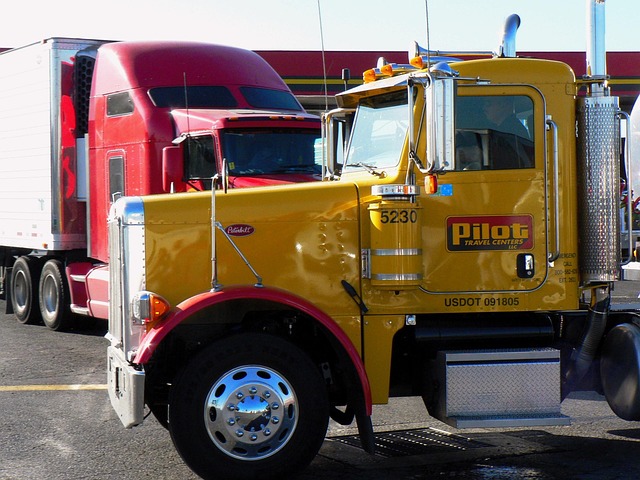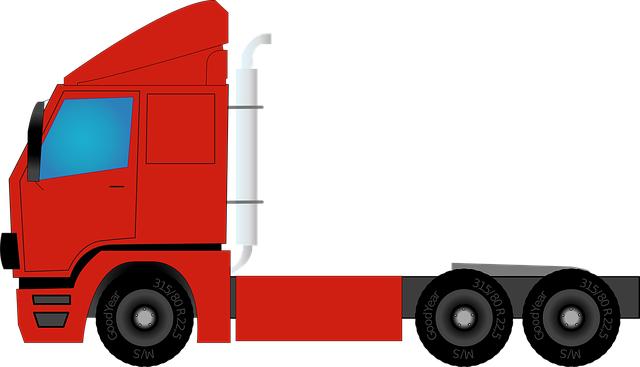“Looking to register your car in California? This comprehensive guide will walk you through the process, ensuring a smooth transition. From understanding the state’s registration requirements and gathering essential documents to visiting the local DMV and completing the application, we’ve got you covered. Learn how to verify your vehicle’s VIN (Vehicle Identification Number) accurately and finalize your registration effortlessly. Streamline the car registration process in California with our step-by-step instructions.”
- Understand California Car Registration Requirements
- Gather Necessary Documents for Car Registration
- Visit Your Local California Department of Motor Vehicles (DMV)
- Complete the Vehicle Registration Application Process
- Verify Your Vehicle's VIN and Finalize Registration
Understand California Car Registration Requirements

Before registering your car in California, it’s crucial to understand the state’s specific requirements for vehicle registration. According to California law, all vehicles operated on public roads must be registered with the Department of Motor Vehicles (DMV). This process involves several steps, including providing proof of insurance, completing necessary forms, and passing an emission test in most cases. One critical aspect is ensuring your car’s Vehicle Identification Number (VIN) is verified accurately. The VIN is a unique code that identifies your vehicle, and it plays a vital role in the registration process, especially when using a mobile VIN inspection or verification service to ensure the number’s authenticity.
In California, you’ll typically need a valid driver’s license, proof of insurance, and the required registration fees. If your car is new, you might also be required to present a purchase agreement or manufacturer’s certificate of origin. For older vehicles, an emission test certificate from a certified station is essential. Consider using a mobile VIN verifier service for convenience; these services can assist in checking your vehicle’s history and ensuring it meets all legal standards before registration, making the process smoother and more efficient.
Gather Necessary Documents for Car Registration

Before you start the car registration process in California, make sure you have all the essential documents ready. One crucial piece is the Vehicle Identification Number (VIN) verifier, which can be obtained through various official channels. You’ll also need your vehicle’s registration from the previous state, a valid driver’s license, proof of insurance, and a title or lien holder information if applicable.
For a hassle-free process, consider opting for a mobile VIN inspection or verification service. These services allow you to get all the required verifications done remotely, saving you time and effort. Having your VIN inspected by a professional can also help ensure accuracy, which is vital when registering your vehicle in California.
Visit Your Local California Department of Motor Vehicles (DMV)

The first step in registering your car in California involves visiting your local California Department of Motor Vehicles (DMV) office. This is where you’ll initiate the registration process and provide all the necessary documents. Bring along your vehicle’s key, title, and identification to ensure a smooth transaction. The DMV will also require proof of insurance and a valid driver’s license.
One crucial aspect during this visit is having your vehicle’s VIN (Vehicle Identification Number) verified. You can use a mobile VIN verifier or undergo a traditional vin inspection to ensure the accuracy of the number, which is essential for registration and future reference. This simple step will save you time and potential issues down the line.
Complete the Vehicle Registration Application Process

Completing the Vehicle Registration Application is a straightforward process that requires several key steps. First, gather all essential documents including your vehicle’s registration certificate, proof of insurance, and valid driver’s license. Next, visit the California Department of Motor Vehicles (DMV) website to initiate the application process online or download and fill out Form MV-5, which serves as the Vehicle Registration Application.
One crucial component of this process is ensuring your vehicle passes a VIN inspection. The vehicle identification number (VIN) verifier plays a significant role in this, especially with the advent of mobile vin verification services that offer convenience and speed. These tools help verify the vehicle’s history and ensure it complies with California’s registration standards.
Verify Your Vehicle's VIN and Finalize Registration

Before you can register your car in California, it’s crucial to ensure that your vehicle’s VIN (Vehicle Identification Number) is accurate and verifiable. Start by obtaining a copy of your car’s VIN from the dashboard or the driver’s side door post. Then, use an online VIN verifier tool or a mobile app to cross-reference and confirm its validity. This step is essential as it ensures the authenticity of your vehicle and helps in accurately completing registration paperwork.
Once you’ve verified your car’s VIN, it’s time to finalize the registration process. Gather all necessary documents, including proof of ownership, insurance, and identification. Submit these along with the completed registration application at a California Department of Motor Vehicles (DMV) office or, for added convenience, utilize their online services. Ensure a mobile VIN inspection isn’t required in this stage; it’s primarily about confirming your vehicle’s details and paying the relevant fees to legally register your car.
Registering a car in California involves understanding state requirements, gathering essential documents, visiting your local DMV, completing application processes, and verifying your vehicle’s VIN. By adhering to these steps, you’ll ensure a smooth registration process, enabling you to hit the roads legally and confidently. Remember to always utilize reliable tools like a VIN verifier for accurate verification during each step.
